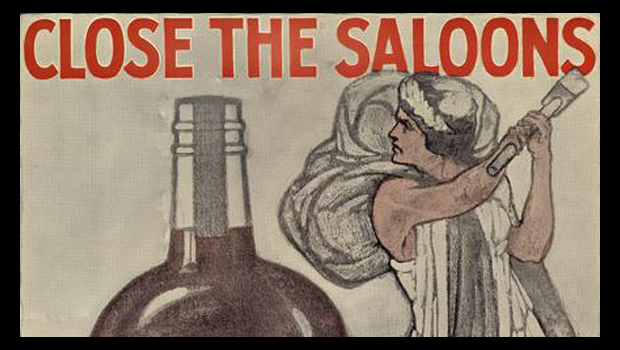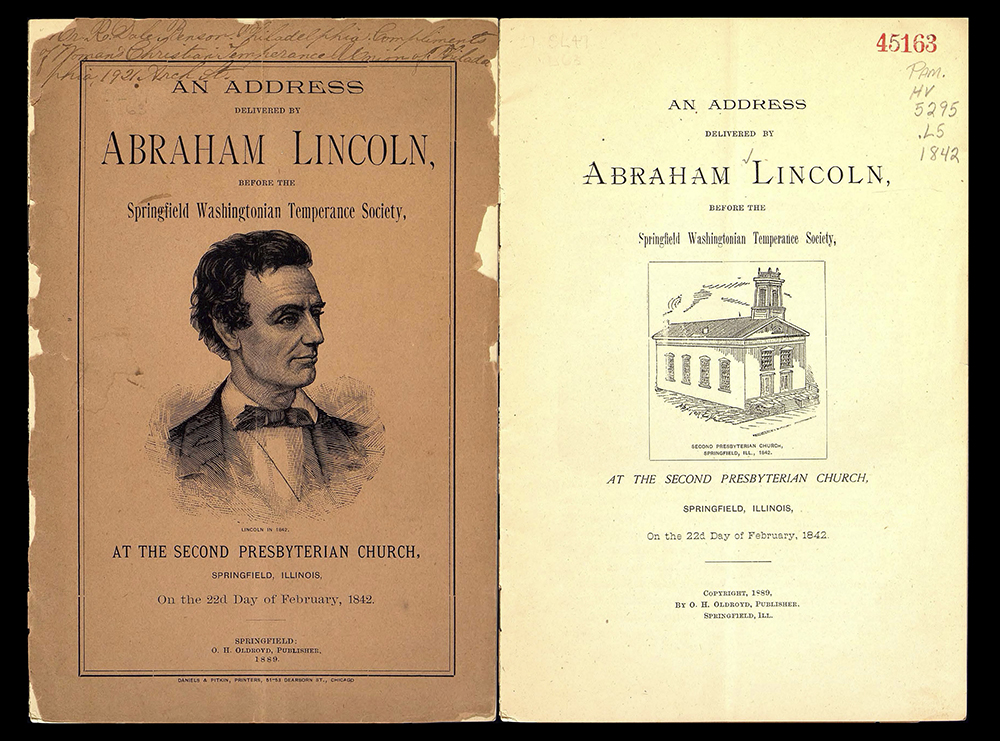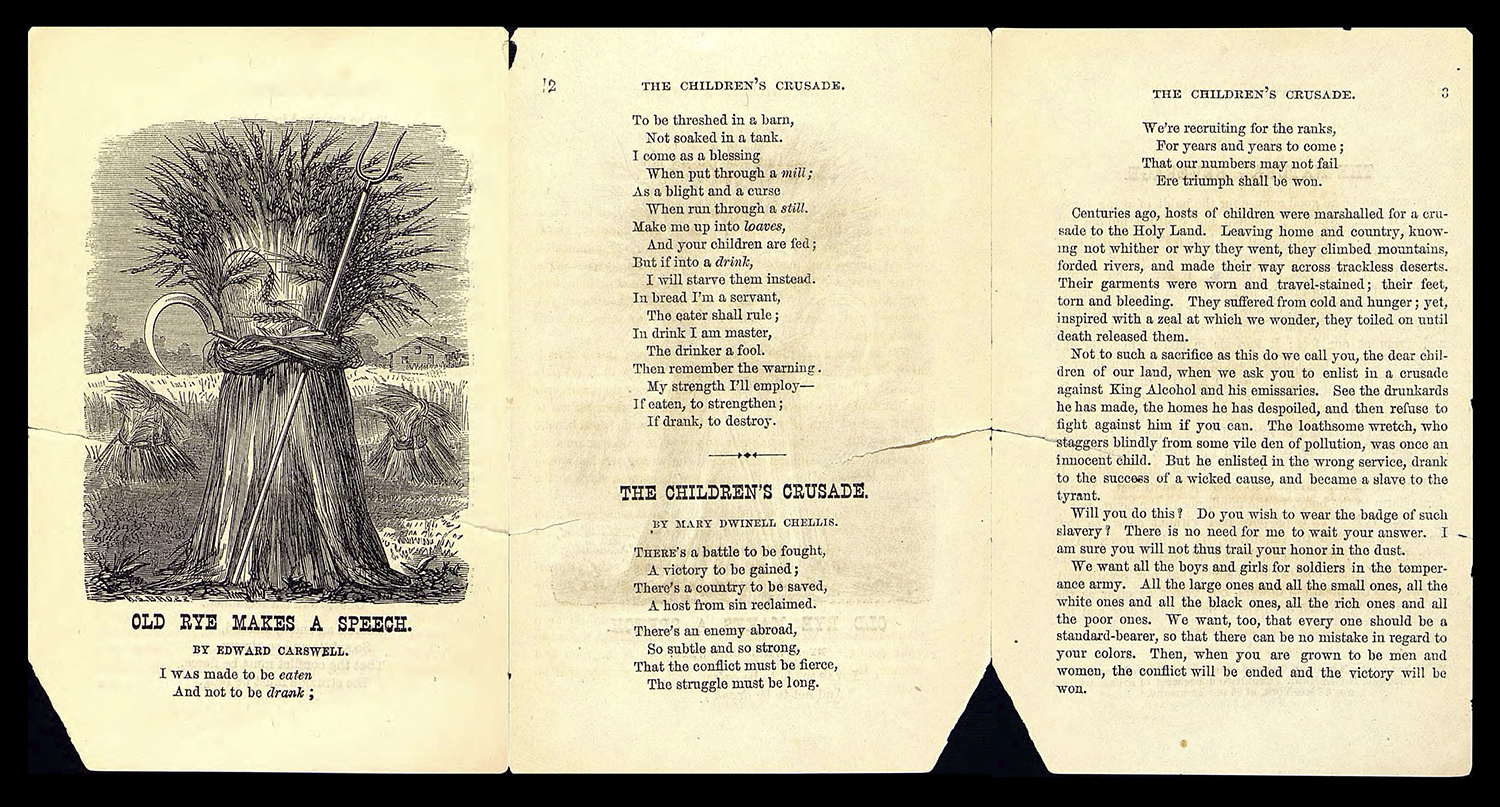Prohibition: 100 Years Later

One hundred years ago today, the United States officially went dry.
On January 16, 1919, the United States ratified the Eighteenth Amendment with approval by 36 states, establishing a constitutional ban on alcoholic beverages and entering the country into what is commonly referred to as the Prohibition Era. One year later, the outlaw of “intoxicating liquors” went into full effect across the nation.
At PHS we are reflecting on this centennial anniversary by highlighting items in our digital archives, Pearl, that trace the history of the temperance movement in America. Click on the images to learn more about them.
The temperance movement’s deep roots date back to the late 1700s. Early proponents often supported temperance for religious or moral reasons. Eventually the cause grew into a more progressive and socially driven crusade, with temperance proponents citing alcohol as the cause of spousal abuse, poverty, and violence. Local and national temperance societies and organizations emerged to fight for solutions that ranged from basic moderation to purging of alcohol from public life.
Temperance had its strong opponents, including many Irish and German immigrants and those involved in the production of alcohol. The 1833 publication, “A hasty defence of the farmers and distillers of York County, against the aspersions of temperance societies, &c.” disputed the portrayal of farmers and distillers by temperance societies as “murderers of souls and bodies of human beings.”
As the temperance movement gained traction, it became a prominent and contested topic in public discourse. In 1842, Abraham Lincoln addressed the Springfield Washingtonian Temperance Society at the Second Presbyterian Church in Springfield, Illinois. Although Lincoln does not support the cause forthrightly in his speech, he does characterize it as “a living, breathing, active and powerful chieftain.”
Temperance societies and supporters created successful anti-alcohol campaigns through advertisements and publications. In 1880 the National Temperance Society and Publication House circulated a pamphlet featuring “Old Rye.” Old Rye—a wheat sheaf personified as a man—urges the public to support the cause: “We want all the boys and girls for soldiers in the temperance army. All the large ones and all the small ones, and all the white ones and all the black ones, all the rich ones and all the poor ones.”
After decades of efforts, the temperance movement seemed to finally prevail with the passage of the Eighteenth Amendment on January 16, 1919. Enforcing the ban on alcohol proved to be challenging, however, and led to the emergence of organized crime and unlawful and notorious solutions to accessing alcohol, such as speakeasies and bootlegging.
The Eighteenth Amendment was repealed on December 5, 1933 with the passage of the Twenty-First Amendment. But support for temperance did not vanish entirely. Temperance organizations remained steadfast throughout the twentieth century and continued to hold conventions and publish informational materials for the public. The World Women’s Christian Temperance Union held its most recent international meeting last July in Finland.




























